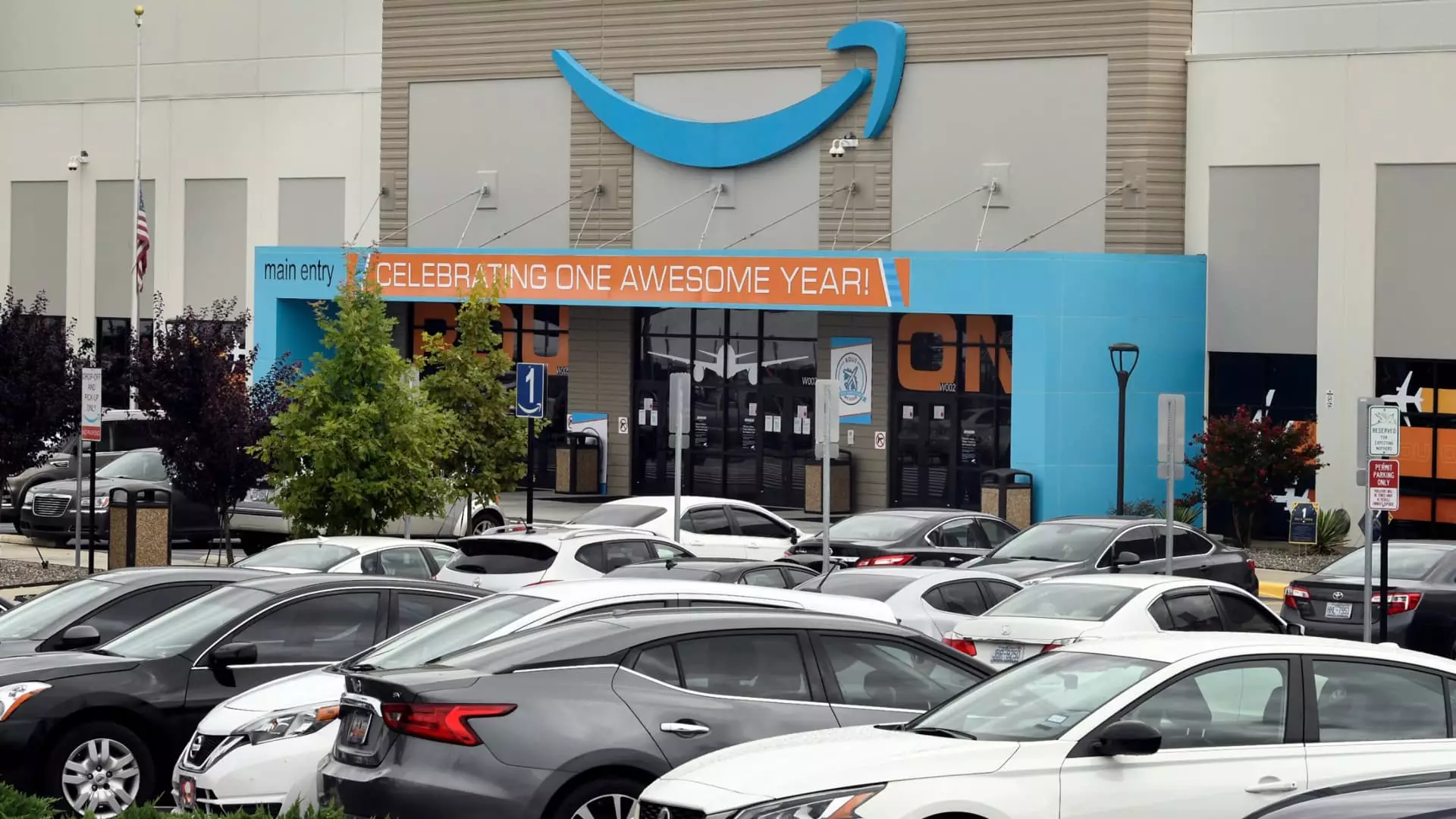In a pivotal election held recently at an Amazon facility near Raleigh, North Carolina, workers decisively rejected a unionization effort led by the Carolina Amazonians United for Solidarity and Empowerment (CAUSE). Out of 3,276 ballots cast, 2,447 votes were against forming a union while 829 supported it, with 77 ballots challenged. The result, although still pending certification by the National Labor Relations Board (NLRB), signifies the ongoing struggle between Amazon workers seeking collective bargaining power and the corporation’s steadfast resistance to unionization. This facility, known as RDU1 and located in Garner, employs approximately 4,700 workers, highlighting the sheer scale of labor issues at play in the retail giant’s operations.
The journey towards this vote was not short or straightforward. For the past three years, CAUSE worked diligently to advocate for improved working conditions, fair wages, and better benefits for Amazon employees. The organization emerged partially in response to what many perceived as inadequate safety measures during the COVID-19 pandemic. Despite their efforts to elevate worker concerns, the overwhelming rejection of unionization raises questions about the strategies employed by CAUSE and the broader labor movement’s approach to engaging Amazon employees.
Despite CAUSE’s commitment to addressing the needs of workers, the election results reflect a complex landscape where fear, misinformation, and corporate strategy can heavily influence employee perceptions. Amazon’s proactive measures, including anti-union messaging disseminated through various channels like the AtoZ app and internal communications, appeared to resonate with the workers, who may have viewed a union as a potential disruption rather than a means of empowerment.
Amazon’s response to the unionization campaign underscores a broader strategy that seeks to maintain direct communication between employees and management. Company spokesperson Eileen Hards emphasized the employees’ right to make choices free from alleged coercion or manipulation. Nevertheless, CAUSE countered by asserting that Amazon’s extensive legal and procedural compliance was an attempt to intimidate workers into submission.
This ideological clash illustrates a fundamental divide in how unionization is perceived among workers. The belief that a union could obstruct cooperation within the workplace may have dissuaded many employees from supporting CAUSE. Moreover, the assertion that unionization would impose external influences on a well-functioning workplace taps into long-standing fears about the unintended consequences of collective bargaining.
While this recent vote marked a setback for union organizers, it is part of a larger narrative unfolding in the labor movement across the United States. The rise in public support for unions—67% of Americans approve of labor unions, according to Gallup—contrasts sharply with the declining rates of union membership, particularly in the private sector. In North Carolina, where only 2.4% of the workforce is unionized, the obstacles faced in unionizing Amazon workers reflect deep-rooted societal and economic factors at play.
Additionally, labor actions at other Amazon locations, including the successful unionization of Staten Island workers and ongoing efforts at Whole Foods, highlight a shift in worker consciousness and activism. Though Amazon has historically succeeded in stifling union efforts, the persistence of labor organizations is evident, leading to a rise in charges against the corporation for unfair labor practices.
Despite the disappointing election results for CAUSE, the organization has signaled its intent to continue advocating for the welfare of Amazon employees at RDU1. Addressing food and housing insecurity among employees reflects a broader acknowledgment of the economic challenges that many workers face today. As this labor struggle unfolds, the insights gained from this election could inform future strategies for both CAUSE and other labor organizations looking to unite workers at Amazon.
As labor movements adapt to an evolving corporate landscape, they must navigate the complexities of employee sentiment, corporate opposition, and legislative frameworks that govern union activity. The fight for workers’ rights is ongoing, and stakeholders must remain vigilant, pushing for improved conditions and fair treatment in the face of adversity. For Amazon workers, the battle is far from over; it is a complex saga of resilience, negotiation, and the pursuit of dignity in the modern workplace.


Leave a Reply
You must be logged in to post a comment.